Throwing Analysis – Ryan Lowe Backhand

I was asked by Ryan Lowe to analyze his backhand (pull and huck). Ryan Lowe has been releasing some great content, most recently 8 Tips to Throwing a Longer Forehand. I haven’t done many of these but I do have…
Articles on pulling

I was asked by Ryan Lowe to analyze his backhand (pull and huck). Ryan Lowe has been releasing some great content, most recently 8 Tips to Throwing a Longer Forehand. I haven’t done many of these but I do have…

A good pull is like having an 8th defender on the field. The goal is to get the disc as far down the field with as much hang time as possible, to give the pulling team time to run down…
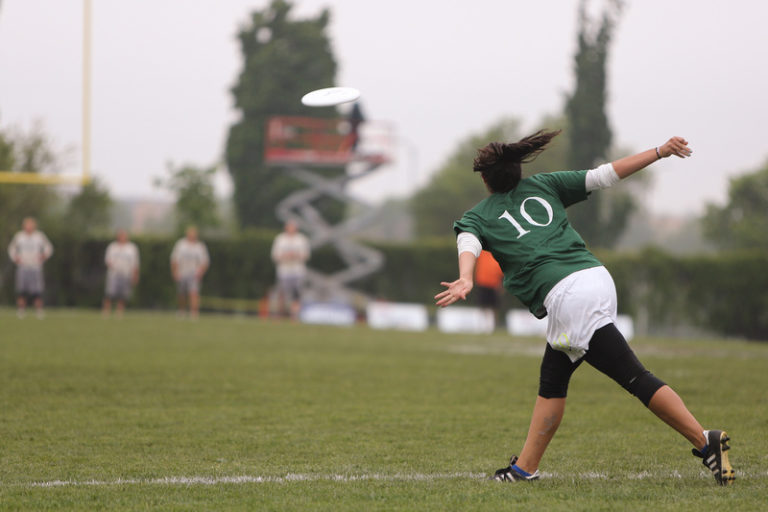
I retired from playing and competing in all disc sports exactly thirty years ago. Playing since the 1960s, injuries and my age over a twenty-year career said it was time to move on. Changing all the activities in my life,…

I’ve been writing and talking about ways to improve your pull for more than 5 years. In this video, I reference some of the content I’ve already published but I bring forward my most current knowledge on throwing and pulling…
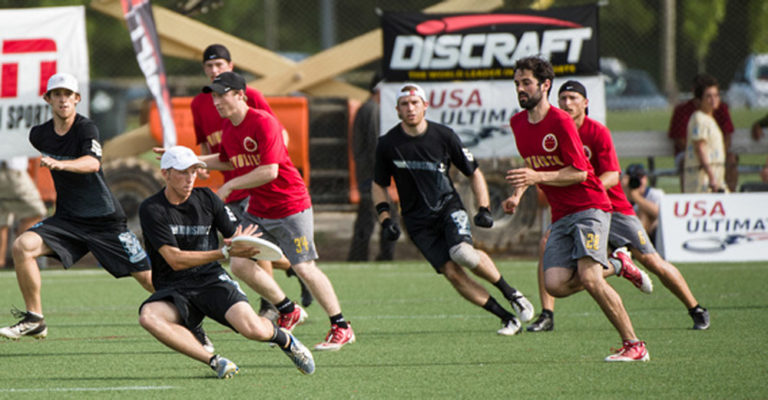
Receiving a pull is an area in which a team should be extremely proficient, as it is an event that occurs hundreds of times over a season. It is a mistake to not take advantage of these moments in which…

Whether you’re new to the sport or you’ve been playing a long time, there are some throws which are crucial to being a good handler. Some of these throws you will use far less often than the standard forehand and…

At the 2008 Canadian Ultimate Championships, my men’s team from Calgary, Invictus, was playing the men’s team from Montreal, Mephisto, in the semi finals. A good friend of mine, Elliot Negelev was watching our game and after one of my…

As a player you might, at times, think about ways you can improve your contribution to your team. Alternatively you might be looking for a way to differentiate yourself from other players, developing a skill that sets you apart and…

If you spend a lot of time practicing throwing by yourself, a great drill is throwing MTA’s. MTA or Maximum Time Aloft is all about trying to have the disc stay in the air as long as possible. This is…
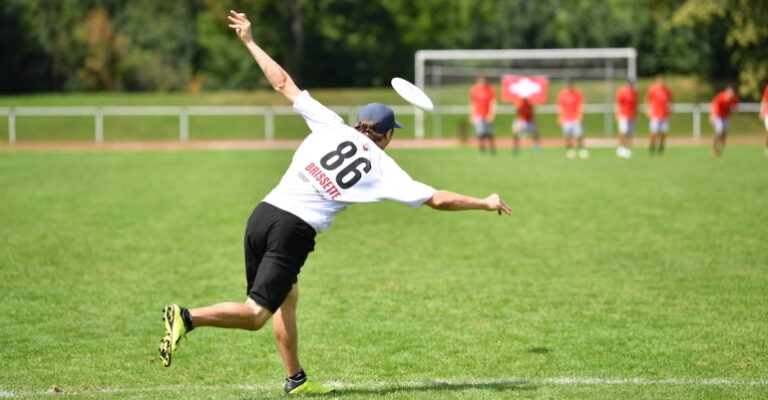
This is an instructional video talking about how you can use your core for more power on your pulls and how to engage your entire body instead of only using your arm.
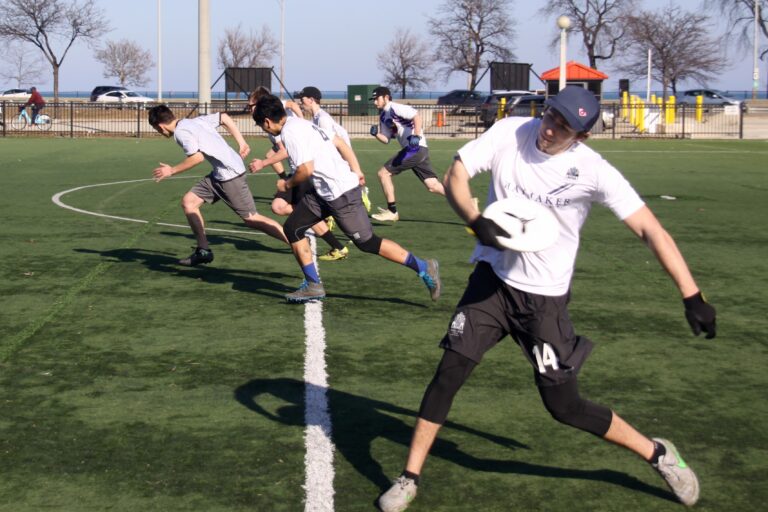
This is an instructional video showing the footwork and approach elements which are crucial in becoming a better puller. In this video I discuss my approach to the throw and where I’ve gained my inspiration from.
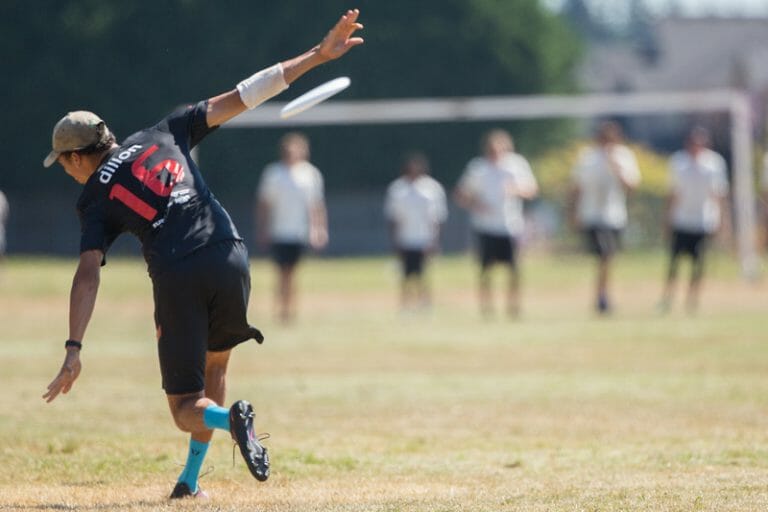
This is an instructional video showing the different angles/edges you can throw on a pull and when it’s appropriate to use either one. I also talk about the position of the shoulders and arms to get the most power out…
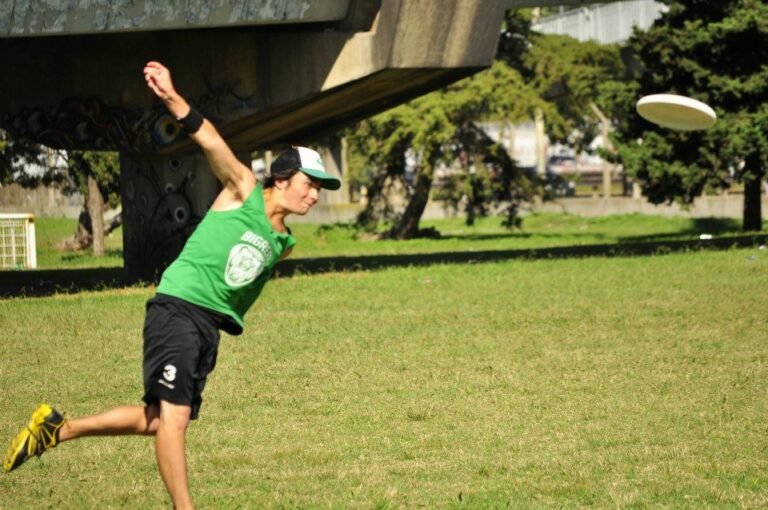
This is an instructional video showing some sample pulls. It was tough to film the entire pull so what I do is just show me throwing and then let you know the result of the pull. I also offer up…
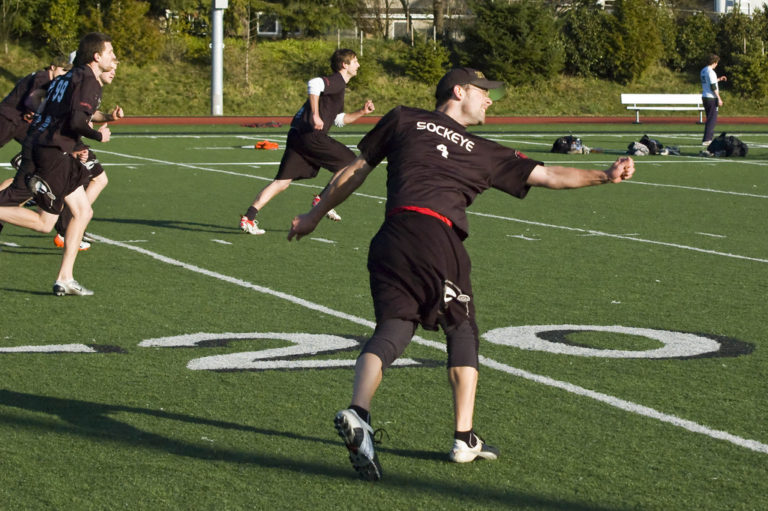
Why is receiving the pull so important?
Since the point of the pull is for the other team to start with you as deep in your endzone as possible, the ability to collect the pull and get the disc moving is crucial to keep the defense on their toes.

Why is pulling so important?
You want your team to start on D in the best possible position. This happens when the best puller on the team (NOTE: not the best thrower) pulls. Every pull is huge no matter if it's to start the game or if you're pulling on universe point (game tied - next point wins). A bad pull will give the other team an advantage before they even catch the disc so you want to have the best pull every time.